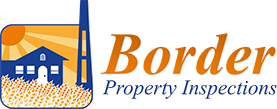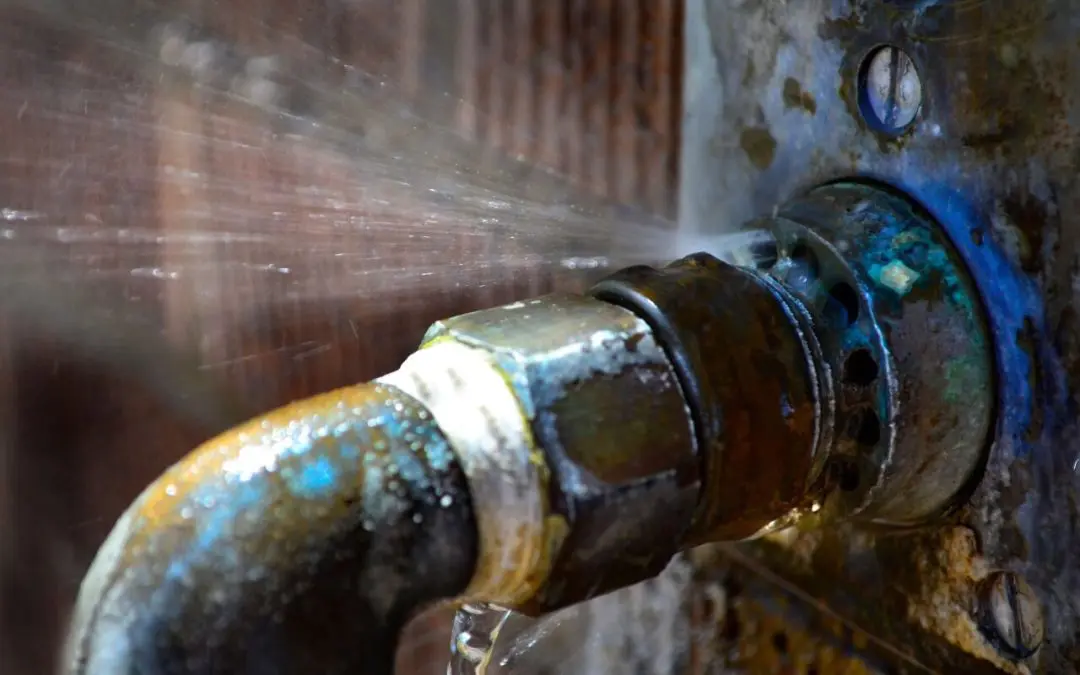Your home’s plumbing system is a complex network, quietly working behind the scenes to deliver clean water and carry waste away. When it’s functioning perfectly, it’s easy to take for granted. However, even minor issues could quickly escalate into major headaches, causing significant damage and costly repairs. Recognizing the early signs of plumbing problems will save you stress, money, and potential structural damage. Don’t wait for a burst pipe to realize something’s amiss; be proactive and know what to look for.
Unexplained Water Stains or Puddles: A Clear Sign of Plumbing Problems
One of the most obvious, yet often overlooked, signs of a plumbing problem is the appearance of water where it shouldn’t be. This isn’t always a dramatic gush; sometimes it’s a subtle, slow leak that causes cumulative damage. Look for water stains on ceilings, walls, or floors, particularly those beneath bathrooms, kitchens, or laundry rooms. A yellowish or brownish discoloration on the drywall or plaster could indicate a slow leak in an upstairs pipe. Similarly, if you notice puddles under sinks, near the base of toilets, or around water heaters, it signals a leak. Even a constantly damp spot in your yard could point to an underground pipe leak. Ignoring these visual cues could lead to serious issues, including extensive water damage, mold growth, and compromised structural integrity.
Unpleasant Odors: More Than Just a Bad Smell
A foul odor emanating from your drains or unexplained musty smells are often strong signs of a plumbing problem. A persistent sewer gas smell, usually described as rotten eggs, could indicate a dry P-trap in a rarely used drain, or something far more serious like a compromised sewer line or a vent pipe issue. Vent pipes regulate air pressure in your system, allowing waste to drain efficiently while safely venting sewer gases out through your roof. If a vent pipe is blocked or damaged, gases may back up into your home. A pervasive musty smell, especially in basements or near water sources, is a strong indicator of mold or mildew growth. These odors aren’t just unpleasant; they could be health hazards and serious indicators of underlying plumbing issues.
Decreased Water Pressure or Inconsistent Water Temperature
If your morning shower has suddenly turned into a weak trickle, or your hot water fluctuates, these are signs of an issue that warrant attention. Low water pressure throughout your home could point to several issues: mineral buildup in your pipes, a partially closed main water valve, or even a leak somewhere in your main water line. If the low pressure is isolated to a single fixture, it might just be a clogged aerator on the faucet or a problem with that specific fixture. Inconsistent water temperature, particularly sudden bursts of cold water during a shower, may indicate a failing water heater. It could also signal issues with pressure balance valves in shower fixtures or even larger problems with your water supply. These issues, while seemingly minor, affect your daily comfort and often signify deeper plumbing problems.
Slow Drains and Recurring Clogs: When to Call a Professional
A slow-draining sink or tub is annoying, but recurring clogs are issues that often escalate without professional intervention. While a minor clog could sometimes be fixed with a plunger or a simple drain snake, frequent or multiple slow drains simultaneously in different fixtures often indicate a larger blockage in your main sewer line. This is a significant plumbing problem that could lead to sewage backups if not addressed promptly. Tree roots, grease buildup, or foreign objects could all cause these systemic clogs. Never rely on chemical drain cleaners for recurring issues, as they may damage your pipes over time and often only provide a temporary fix, pushing the real problem further down the line. If clogs are a regular occurrence, it’s time to call in the experts.
Unusual Sounds Signal a Plumbing Problem
Your plumbing system usually operates quietly. Therefore, any unusual noises are significant signs of a plumbing problem and should never be ignored.
Banging or “water hammer” sounds often occur when water flow is abruptly stopped (like turning off a faucet), causing water to slam against pipe walls. This may be caused by loose pipes, excessive water pressure, or issues with air chambers and could eventually damage your plumbing. Gurgling sounds from drains or toilets, especially when you use another fixture, often indicate blockages or venting problems in your sewer line, similar to those that cause foul odors. A hissing sound could be a pinhole leak in a pipe, while a dripping sound (even if you can’t see the drip) is a clear sign of a leak. These auditory clues are your plumbing system trying to tell you it needs attention.
Frequently Asked Questions (FAQs) Plumbing Problems
How often should I have my plumbing inspected?
It’s a good idea to have a professional plumbing inspection every 2-5 years, especially if your home is older or if you’ve recently purchased it.
Is a dripping faucet a serious plumbing problem?
While seemingly minor, a dripping faucet could waste thousands of gallons of water per year, leading to higher utility bills. It may also indicate worn-out components within the faucet that could lead to larger leaks or damage.
Can I fix low water pressure myself?
If the low pressure is isolated to a single faucet, check the aerator for mineral buildup; cleaning it might resolve the issue. If it’s widespread or you can’t identify the cause, it’s best to call a plumber.
What should I do if my toilet continuously runs?
A running toilet is a common plumbing problem that wastes a lot of water. Often, it’s due to a faulty flapper valve or an issue with the fill valve. Most homeowners can fix this, but if you’re uncomfortable, a plumber can quickly resolve it.
Border Home and Property Inspections provides home inspection services to the midwest region of Alberta and Saskatchewan. Contact us to schedule an inspection.

